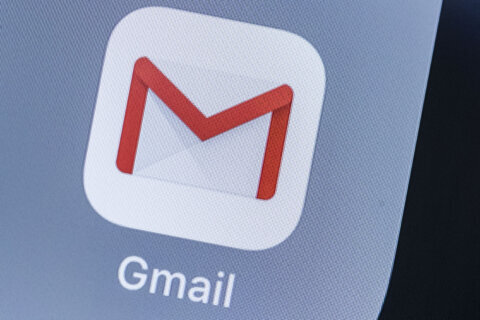Q: What can I do to make dropped pins more accurate in Google Maps?
A: Dropped pins — which is done by pressing on any point in a map view — are very helpful for locations that don’t have a physical address, such as a remote hiking area or in regions of the world that don’t have physical addresses displayed on every building.
Google has invested heavily in developing Google Maps, but it can only be as accurate as you and your device will let it be.
Precise location setting
The first thing to do is make sure you allow Google Maps to use your precise location, which will improve the accuracy from within 100 meters to within 1-5 meters, depending upon where on the globe you are.
Android users can check this by going to the “Location” menu in Settings, then to the Google Maps permissions, which should display the “Use precise location” option.
iPhone user can do the same by going to the Privacy menu in Settings, then to the “Location Services” screen, which should display your apps in alphabetical order.
This doesn’t change location permissions for other Google services, just Maps.
Zoom before dropping
Google Maps will show you your current location with a blue dot and depending upon how far you are zoomed out, it can be fairly inaccurate.
The two things that I always do to help improve the accuracy is to zoom in as far as I can and turn on the “Satellite” view, which can provide visual aids.
I don’t ever rely solely on where the blue dot is when I’m dropping a pin, especially if I am trying to give someone else navigation directions.
In some cases when you zoom in, you’ll see the blue dot slowly moving closer to your actual location, but if the visual aids suggest that it’s still not where you actually are, ignore it all together.
Using the satellite images to pinpoint the location you want to share will dramatically improve the accuracy in both rural and urban areas.
Calibrate your compass
Another step you can take is to calibrate your device’s compass, which can be indicated by how wide the blue dot’s directional beam is or if it’s pointing in the wrong direction.
Android users can do this by opening Google Maps and making a figure eight with the smartphone a few times.
iOS users can go to Settings > Privacy > Location Services > System Services and make sure the “Compass Calibration” is enabled.
Plus codes
Another useful tool in Google Maps known as Plus Codes converts longitude and latitude into a more manageable combination of numbers and letters.
This can be very helpful when you want to coordinate with someone at a specific door on a large building as an example, since the address itself wouldn’t be explicit enough.
Plus codes are generally near the longitude and latitude info in the details of any dropped pin you generate.
For example, here’s the Plus Code for one my favorite hikes near Phoenix: XQ8F+29 Rio Vista, Phoenix, Arizona, which you can copy and paste into Google maps to see.







